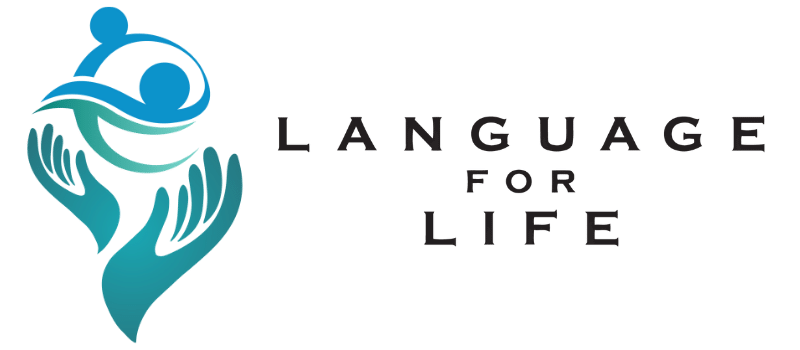Introduction
Occupational therapy is a potent instrument that can aid people in regaining their independence and raising their standard of living. Community visits are one of the main components of occupational therapy, and they are crucial in helping clients reach their objectives. We’ll look at how occupational therapy community visits might be helpful in clients’ goal-achieving in this blog.
Personalized and Client-Centered Approach
Occupational therapy is an effective technique that people can use to reclaim their independence and enhance their quality of life. Community visits are an important component of occupational therapy, as they help clients reach their objectives. These sessions offer a distinct and all-encompassing method of therapy by enabling clients to use their abilities in authentic environments and tackle particular issues they encounter on a daily basis.
Real-Life Application of Skills
While clients may acquire useful skills in a clinical setting, it can be difficult to apply these abilities in everyday life. Visits to the community fill this void. The skills that clients have learned in treatment can be applied to everyday tasks including dressing, cooking, shopping, and taking public transportation. This real-world application is essential to helping them reach their objectives and boost their self-assurance.
Overcoming Environmental Barriers
Many clients face environmental barriers that hinder their progress. These barriers may include inaccessible buildings, lack of adaptive equipment, or inadequate social support. Occupational therapy community visits allow therapists to identify and address these barriers in real time. This proactive approach ensures that clients can navigate their environments with more ease and independence.
Enhancing Social Participation
Community visits emphasize social participation in general as well as individual abilities. One of the main objectives for many clients is to get back into their communities and participate in social activities. Occupational therapists can assist patients in regaining their social roles, improving their communication abilities, and establishing connections with others. The customers’ general well-being is significantly impacted by this social inclusion.
Increasing Confidence and Self-Efficacy
Building confidence is a fundamental part of occupational therapy. Clients often start their therapy journey with doubts about their abilities. Community visits provide opportunities for clients to succeed in their real-world environments, which can boost their self-confidence and self-efficacy. As clients achieve small victories during these visits, they become more motivated to work towards their larger goals.
Goal Setting and Monitoring
A crucial component of occupational therapy is goal-setting that is both specific and attainable. Therapists can assist clients in setting particular goals pertaining to their everyday activities while on community visits. These objectives serve as benchmarks to assess development and encourage customers to maintain their course. Therapy stays current and effective when goals are regularly reviewed and adjusted.
Conclusion
Community visits for occupational therapy are an effective strategy for assisting clients in reaching their objectives. They offer a tailored, client-centered strategy that enables people to overcome obstacles in their surroundings, apply their abilities in practical settings, improve social involvement, and gain confidence. Occupational therapists are essential in helping people they serve live better lives by collaborating with them in their communities. With its practical and all-encompassing approach, therapy genuinely empowers people to lead more independent and satisfying lives.


